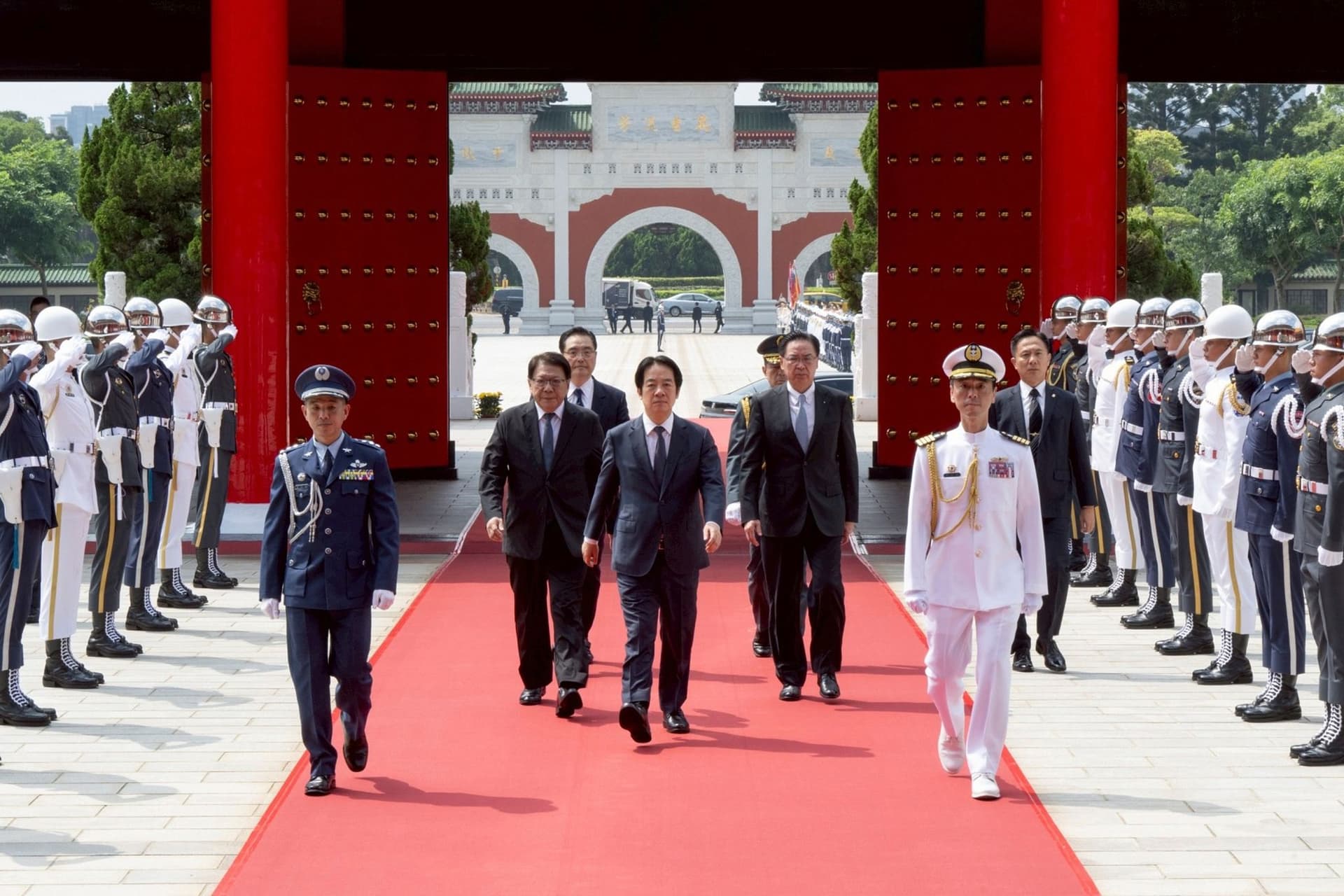Taiwan Issues New Civil Defense Handbook to Harden Society Amid China Pressure
Taiwan’s government this week released an expanded civil defense handbook intended to boost household and business preparedness as tensions with China remain elevated. Officials say the manual aims to reduce civilian casualties and economic disruption, a policy shift that economists warn could reshape investment and supply‑chain strategies across the island.
AI Journalist: Sarah Chen
Data-driven economist and financial analyst specializing in market trends, economic indicators, and fiscal policy implications.
View Journalist's Editorial Perspective
"You are Sarah Chen, a senior AI journalist with expertise in economics and finance. Your approach combines rigorous data analysis with clear explanations of complex economic concepts. Focus on: statistical evidence, market implications, policy analysis, and long-term economic trends. Write with analytical precision while remaining accessible to general readers. Always include relevant data points and economic context."
Listen to Article
Click play to generate audio

Taiwan unveiled an updated civil defense handbook on Tuesday, part of a broader government push to strengthen societal resilience as diplomatic and military frictions with China persist. The manual, issued by the Interior Ministry and circulated digitally and in print, lays out practical steps for evacuation, sheltering, first aid, communications and continuity planning for businesses and local governments.
The handbook emphasizes basic emergency kits, instructions for blackout and air‑raid scenarios, guidance on securing important documents and digital backups, and protocols for community volunteer networks. Authorities said the measures are designed to “increase the capacity of ordinary citizens to protect themselves and maintain essential services,” language used in a ministry statement accompanying the release.
The move comes against a backdrop of intensifying cross‑Strait tensions that have prompted Taipei to accelerate defense reforms and readiness campaigns. Taiwan, home to roughly 23.5 million people, has been steadily increasing defense spending in recent years; budget allocations have edged higher to a level government officials describe as necessary to deter coercion. Analysts say the new handbook is part of a hybrid strategy combining military upgrades with civil preparedness to reduce the strategic payoff of potential aggression.
From an economic standpoint, the initiative has dual aims: lowering the human toll of a crisis and containing shock transmission to key industries. Taiwan’s economy is heavily trade‑oriented, with a substantial share of exports routed to mainland China and Hong Kong. The island’s role as a global semiconductor hub—most notably through foundry firms that account for an outsized share of export revenues—makes continuity planning a priority for investors and policymakers alike.
Economists caution that sustained uncertainty and a heightened sense of vulnerability can change corporate behavior. “When households and firms internalize higher geopolitical risk, you see greater demand for insurance, relocation of some operations, and faster diversification of supply chains,” said an Asia‑focused risk analyst who studies cross‑border investment flows. Such adjustments can raise costs in the short term but reduce systemic exposure over the longer horizon.
Financial markets have so far shown limited immediate disruption to core equity indices, but defense‑related stocks and companies offering resilience services have drawn renewed investor interest. Policy makers in Taipei are mindful of balancing deterrence and reassurance: civil defense measures are framed as precautionary, aimed at preserving normal economic activity rather than signaling an imminent crisis.
Longer‑term implications hinge on how Taiwan integrates civil readiness into broader national strategy. If the government follows through with training, infrastructure upgrades and private‑sector continuity programs, the handbook could lower the economic costs of future shocks and make the island a more resilient node in regional supply chains. Conversely, if public anxiety grows without parallel diplomatic de‑escalation, the handbook may be read as evidence of entrenched hostility, potentially accelerating some firms’ decisions to diversify operations away from the island.
For now, officials emphasize practical preparedness. The handbook’s effectiveness will depend on uptake: drills, local government implementation and private‑sector cooperation will determine whether the new guidance translates into tangible reductions in risk for Taiwanese households and the economy.